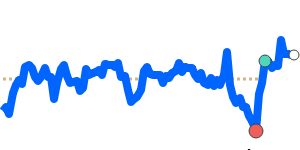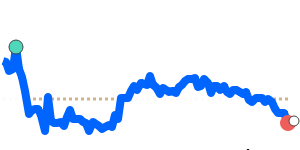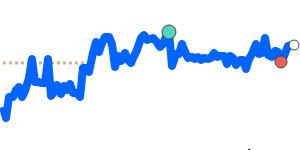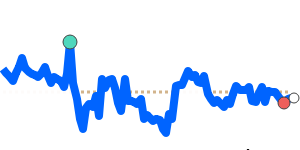The Thai Baht (THB) is currently experiencing notable upward pressure, influenced by central bank strategies aimed at curbing its appreciation. The Bank of Thailand is implementing measures that include monitoring foreign exchange activities linked to gold and proposing an increase in the threshold for non-repatriated foreign income from $1 million to $10 million per transaction. These moves suggest an ongoing concern regarding the THB's strength and its implications for economic growth.
Recent data indicates that Thailand's annual headline inflation remains negative for the eighth consecutive month, dropping by 0.49% year-on-year in November 2025, primarily due to falling energy prices and government support. Meanwhile, the Federation of Thai Industries projects a modest economic growth of 2% for 2025, buoyed by a 10% increase in exports. However, factors such as a resilient baht, U.S. tariffs, and heightened import competition are adversely affecting export competitiveness and threatening tourism numbers.
Economists are speculating a 25 basis point reduction in the policy interest rate to 1.25% in the upcoming Bank of Thailand meeting scheduled for October 8, 2025. This anticipated rate cut aims to stimulate the economy amid decreasing growth momentum and the challenges posed by a strong baht on tourism and exports.
In the currency markets, the Thai Baht is showing a strong position against several major currencies. The exchange rate for THB to USD is at 0.031765, which is 2.4% above its 3-month average of 0.031022, maintaining stability within a 4.6% range. against the Euro, THB is currently valued at 0.027121, 1.8% above its 3-month average, with a consistent range of fluctuation. Meanwhile, THB to GBP stands at 0.023744, also 1.8% above its average, and shows similar stability, while THB to JPY is at 5.0111, significantly above its 3-month average, demonstrating a more volatile trading range.
These developments point to a complex economic landscape for the Thai Baht, suggesting that businesses and individuals engaged in international transactions should remain vigilant and consider potential shifts in currency valuations as monetary policy evolves.









